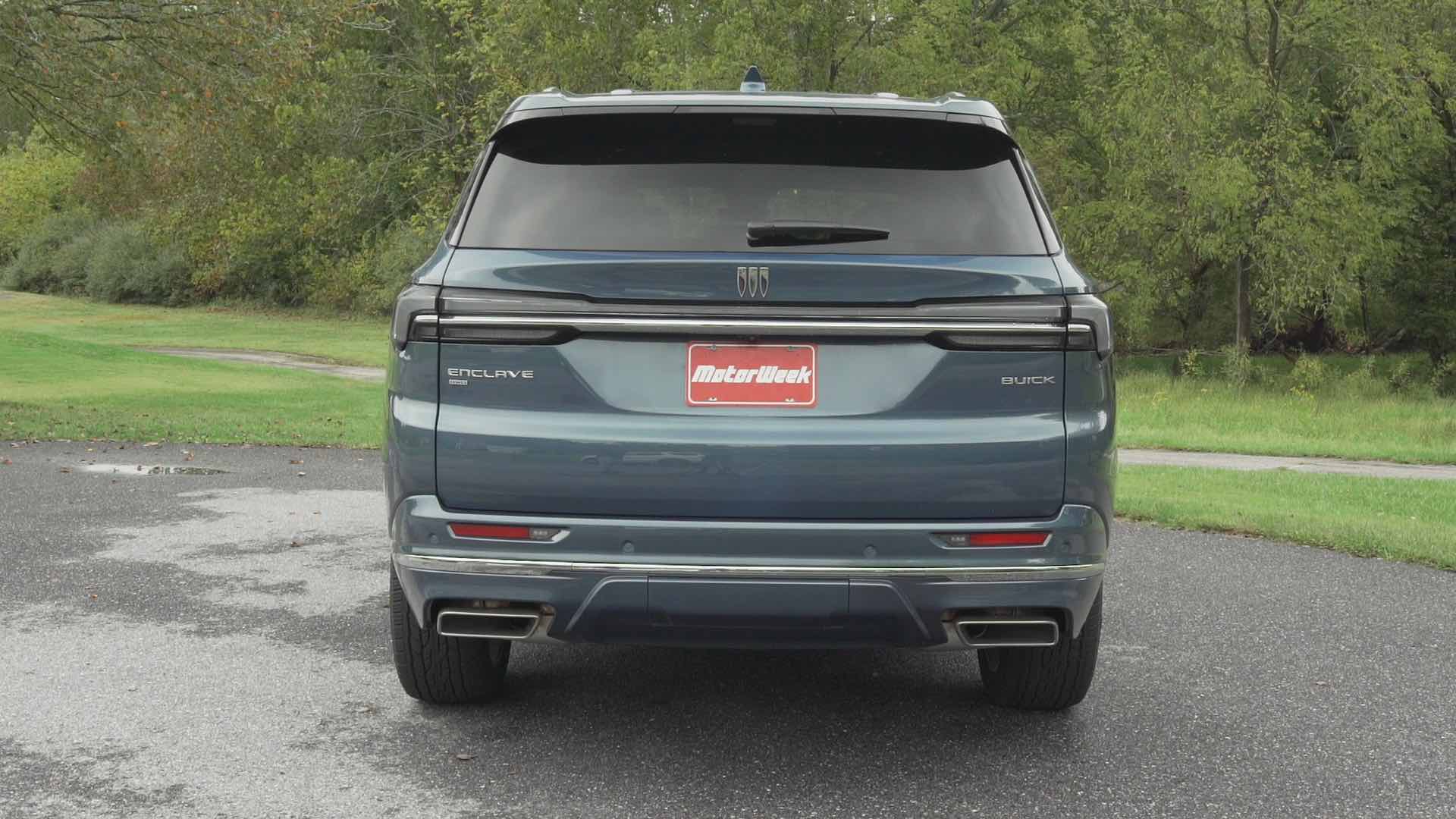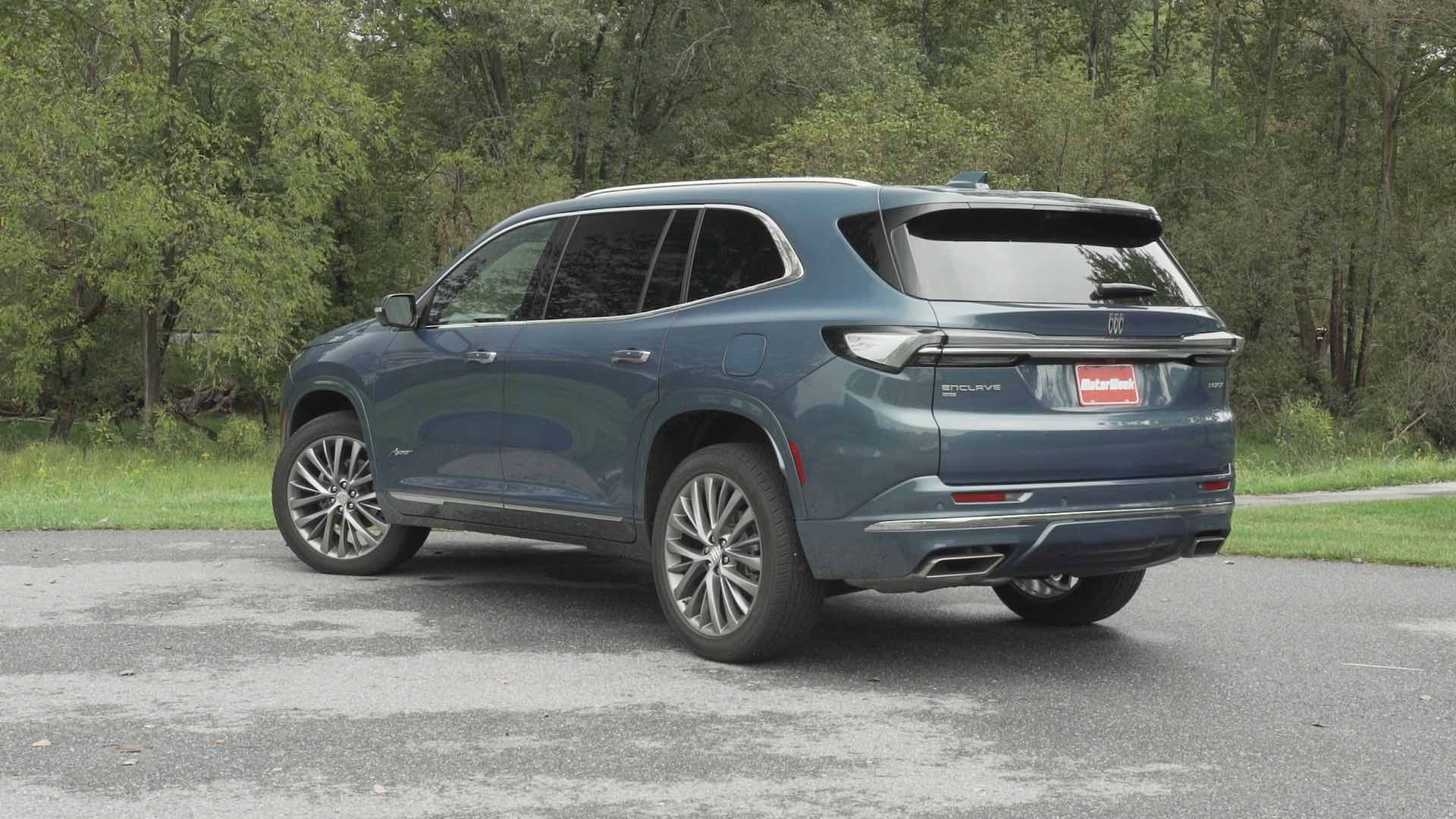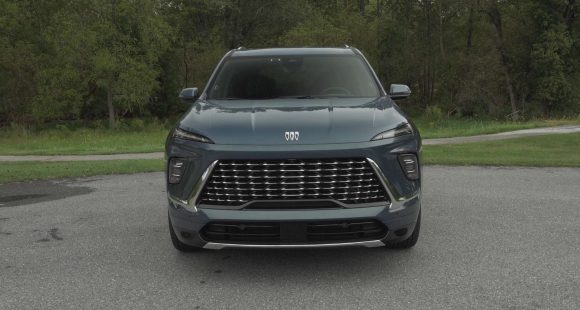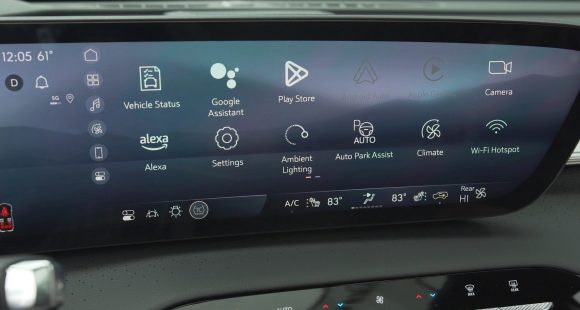2015 Lexus RC Sport Coupe
If you’ve been following the Lexus brand lately, you know that they’re on an all-out mission to shed their soft, comfy, pure luxury image…that’s still a work in progress; it takes a long time to change people’s minds about a brand. But the new RC coupe just might be the car that speeds that change along.
The 2015 Lexus RC marks the brand’s reentry into the sporty coupe segment. And from the looks of this car, they’re not jumping back in quietly. The RC may not instantly strike fear into the hearts of the German marques that dominate this segment, but they will certainly know Lexus has joined the party.
The RC’s compliant, yet very rigid chassis is an all-star for sure. It’s not a new chassis per se, but a modified combination of 2 separate Lexus platforms. The front architecture and suspension comes from the mid-size GS, while the rear comes from the compact IS, with a lot of structural bracing in between. Enough to satisfy a fairly wide variety of tastes.
Taking a walk through the lineup, things start with the RC 350. It’s the tamest model with a 3.5-liter V6 coming directly over from the GS, outputting the same 306-horsepwer and 277 lb-ft. of torque. Transmission is also the same 8-speed automatic, with steering wheel shifters, unless you choose all-wheel-drive in which case you’ll lose 2 gears.
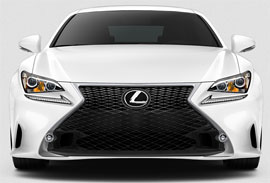 But, the outside is anything but tame. While it may not the most dynamic looking Lexus of all-time, it’s pretty darn close.
But, the outside is anything but tame. While it may not the most dynamic looking Lexus of all-time, it’s pretty darn close.
It’s still Lexus-smooth, but with plenty of sharp angles and body tucks to drum up some excitement. The front end screams aggression with a big-mouth grille and vertical openings slashed into the corners.
18-inch wheels are standard, with significant fender flares above them. L-shaped LED rear lighting has been updated with clear, jagged lenses protruding out. The rear bumper also gets slashed up with simulated corner vents.
Inside, things are less of a departure. There’s still lots of luxury to touch and plenty of serenity to be had when driving. Lexus calls this a pure 2+2 Coupe, so rear space, especially leg room, is limited.
4-dial gauges set a sporty tone, with a small central TFT screen providing plenty of info. 10.4 cubic-ft of space hides in the trunk, and useful folding rear seatbacks add to that. Neither back-up camera nor navigation are standard, however, but if you do upgrade, there’s a new remote touchpad for inputs.
Next up the line is the RC 350 F Sport, and the added content is very high. For the exterior, there are 19-inch wheels, unique front and rear fascia, and fender badging.
Inside it gets even better with supportive sport seats, new sport pedals, LFA-inspired gauges, black headliner, and tasteful silver trim.
 While the Sport’s engine is unchanged, there are lots of mechanical upgrades. Like adaptive variable suspension, high-friction brake pads, 4-wheel steering, and the additional Sport+ driving mode.
While the Sport’s engine is unchanged, there are lots of mechanical upgrades. Like adaptive variable suspension, high-friction brake pads, 4-wheel steering, and the additional Sport+ driving mode.
We spent most of our drive time in the F Sport and were very impressed with its light and balanced feel. Around the track at the Monticello Motor Club, things felt super-rigid with virtually no flex.
The rear-steer speeds up turn-ins, and the car has an almost Porsche-like competency, where you have a hard time believing you’re having this much fun in a straight-up street car, let alone a Lexus. And you can do some serious pushing without feeling like you’re going to end up in some “epic fail” video on You Tube.
But, where this tale really gets interesting is in the top-of-the-line RC F. This car is serious, with a 467-horsepwer 5.0-liter V8, as well as fully upgraded chassis and brakes.
It’s a beast! On the street, it feels a little nose heavy, and steering is slower, though you can dial in more with Sport and Sport+ settings, but we found it almost too aggressive for everyday use.
On the track however, it comes alive with the V8 growling on acceleration, and barking on downshifts. Transmission is also an 8-speed, but it’s different enough to get a separate internal name.
 A Torsen limited-slip rear is standard and you can upgrade to a torque vectoring rear, which includes “set-it-and-forget-it” presets for standard, slalom, and track. The torque vectoring rear is highly recommended, as it allows you to seriously late brake and perform dare-devil late turn-ins well beyond your skill set.
A Torsen limited-slip rear is standard and you can upgrade to a torque vectoring rear, which includes “set-it-and-forget-it” presets for standard, slalom, and track. The torque vectoring rear is highly recommended, as it allows you to seriously late brake and perform dare-devil late turn-ins well beyond your skill set.
All of that, along with huge 6-piston Brembos up front, make the RC F a legit player in the RS, M, and AMG game. Lexus claims 0-60 happens in 4.4-seconds and we believe it.
Prices are competitive too, starting at $43,715 for the RC 350, the F Sport comes in at $47,700, and the big-dog RC F goes for $63,325.
While the LFA got the performance-image ball rolling for Lexus, things have been slow in gaining momentum. But we think the 2015 RC is a game changer, and just what the Lexus makeover has been waiting for.
Specifications
- Engine: 3.5 liter V6
- Horsepower: 306
- Torque: 277 lb-ft.
2025 Buick Enclave
Buick’s Biggest Utility Gets More Premium Look, Less Premium Powertrain
Buick is now an all SUV brand with the three-row Enclave sitting at the top of their lineup. And for this all-new third generation, it looks like Buick has finally given it the true flagship treatment it deserves. Reason enough for us to see what else new this posh performer has in store.
Don’t think of this 2025 Buick Enclave as just a new third generation of Buick’s largest three-row SUV, but more of a total reboot for a luxury segment pioneer. Part of that reinvention is swapping out the 3.6-liter naturally aspirated V6 engine, that has been the heart of this large crossover since it arrived on the scene for 2008, for a new 2.5-liter turbocharged four-cylinder.
Though using two fewer cylinders, it rates 18 more horsepower at 328. The gain in torque is even greater, climbing from 266 to 326 lb-ft.
Power from a start and when tooling around town feels pretty good, but you do notice that engine working hard under the hood; there is more engine noise and it’s not as smooth as many competitors who have also made the switch to turbo-four power. Max towing rating remains at 5,000 lbs. The new standard automatic transmission loses a gear, dropping from nine to eight, a simplifying move we applaud. All-wheel drive is a $2,000 option with all trims.
The Enclave rides on the same front-wheel-drive based chassis that supports the Chevrolet Traverse and GMC Acadia. It remains the most luxurious of the three, though all have made big upward strides. And that luxurious feel is very evident inside where things appear special without flaunting it. Materials are vastly improved over the last gen, especially in top Avenir trim which is the choice for most Enclave buyers.
Front seats are very comfy, well suited for long days of highway travel. It’s hard to miss the 30-inch ultra-wide display, similar to Cadillac’s. It is big, but not intimidating as operation is very logical and you can easily configure things as you want them, including bringing the nav screen up full in front of the driver.
Front seats are very comfy, well suited for long days of highway travel.
Between the seats is a very substantial console with lots of storage space and standard wireless phone charging. There is definitely room for full-size adults in all three rows of seating. Big, plush captain’s chairs with all trims for the second row; and a less plush but still comfortable three-place third row.
GM’s Super Cruise has now made it to Buick’s lineup, available as a standalone package for any trim. It remains a favorite of ours for hands-off highway cruising. Despite feeling adequately powered on the street, the Enclave’s turbo-four felt a little out of its element at our Mason Dixon Dragway test track. There was very little jump off the line, just a slow wind up to 60 of 8.0 seconds, with the quarter-mile completed in 16.0 seconds flat at 92 mph.
We could really feel the Enclave’s weight in our handling course, about 150-lbs. over last year, even with less motor under the hood. But there was very little body roll, and no excessive oversteer or understeer. In panic braking runs, there was good feel through the pedal, and solid stops from 60 averaging a fine 111 feet.
To all of our eyes, the Enclave is bigger yet much better looking than before. Now more sophisticated using Buick’s PURE philosophy which emphasizes Purity in design, Unexpected details, Refined finishes, and Exceptional execution.
With all-wheel drive, Government Fuel Economy Ratings are 19 City, 24 Highway, and 21 Combined; we managed a great 24.9 mpg of Regular. That’s a slightly below average Energy Impact Score, consuming 14.2 barrels of oil yearly, with 7.0 tons of CO2 emissions.
No more Essence or Premium Enclaves, as the new gen brings new trim names along with it; the base option now being Preferred which starts at $46,395, and unless you choose white, you’ll be paying extra for all exterior colors. Just a short step from there to the Sport Touring for $48,795, and then a much bigger bounce up to Avenir at $59,395.
With so many big utes now aimed at luxury and near luxury buyers, it’s getting harder and harder for Buick to stand out. Being an all-utility brand, with one of the freshest lineups in the industry, will no doubt help. The 2025 Buick Enclave is a very stylish, well-equipped, well executed large three-row crossover that’s priced right.
Specifications
As Tested
- Engine: 2.5-liter turbo-4
- Transmission: 8-speed automatic
- Horsepower: 328
- Torque: 326 lb-ft.
- EPA: 19 City | 24 Highway | 21 Combined
- 0-60 mph: 8.0 seconds
- 1/4 Mile: 16.0 seconds at 92 mph
- Braking, 60-0 (avg.): 111 feet
- MW Fuel Economy: 24.9 mpg (Regular)











